Besides its delicious food, sublime culture, and bulk exportation of anime catgirls, Japan is well-known for its incredible advancements in robotics, gadgets, and engineering. While we wouldn’t be too surprised to see a giant battle-bot flying out of Tokyo anytime soon, many of the innovations produced by the land of the rising sun are of a more subtle and elegant design.


While new technology can be disruptive or baffling, these redesigns of everyday household items and street features prove that innovation can help simplify our busy lives rather than make us confused or alienated. We’ve collected a few great examples of Japanese problem-solving for you to peruse. So sit back, fluff your boyfriend pillow, and enjoy.
Clarity At Last!
The modern mirror, originating in Germany around 200 years ago, has been produced using practically the same design since its inception. After two centuries of having hot steamy showers followed by having to clumsily wipe our wet hands over their foggy face to check our hair or brush our teeth, it’s about time someone came up with a better idea.


Enter the Japanese anti-fog mirror. The center of the mirror is heated so that it keeps the mirror clear, preventing its user from wiping grubby streaks across its surface when they’re in a hurry after a quick morning shower.
A Fresh Way To Dispose Of Gum
Buying gum in bulk can be a good idea if you have a persistent chewing habit, but there’s only one problem: having a way to dispose of it once your piece has lost its flavor. Of course, you can always carry tissue packs around, but it’s not a terribly elegant solution.


This gum comes packaged with a way to keep your breath fresh, and your jaw sated, as well as wrapping paper in the form of a post-it note to guarantee the cleanliness of the streets and undersides of school desks. And in matching colors, too!
Snow Days? Snow Way!
Japan’s northern regions can get chilly near the end of the year. While dropping into two feet of snow and building snowmen the size of Mt. Fuji sounds fun, it’s less fun for pedestrians who have to brave the slush and the ice. For this reason, many northern cities came up with the idea of heated walkways.
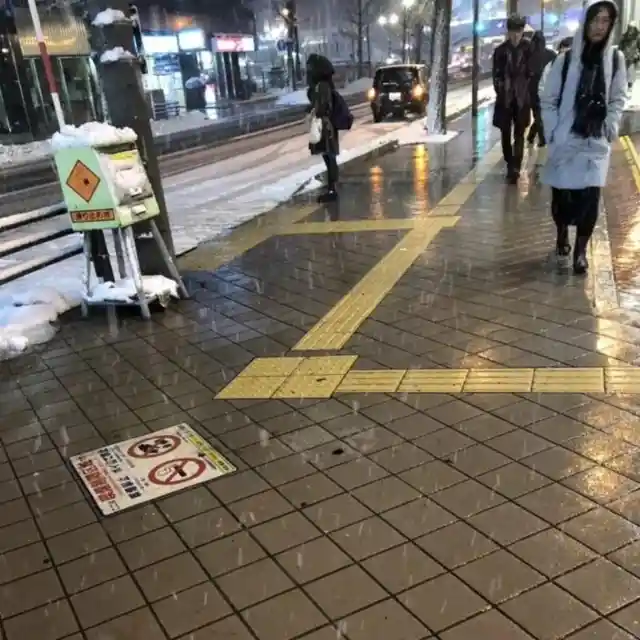
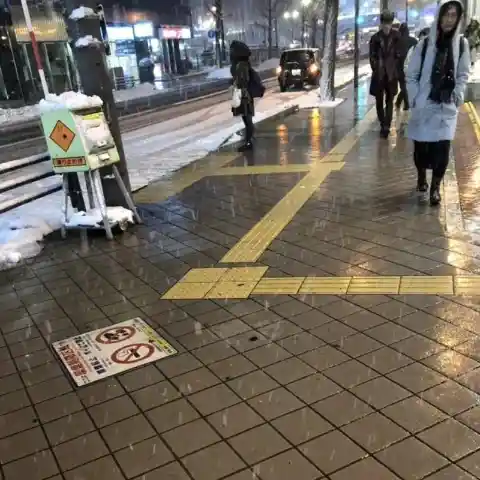
While you might assume this would send the city’s electricity bill through the roof, you’d be wrong! These grids are powered by solar energy and, where possible, hot spring water, making it both eco-friendly and walking friendly.
Go On The Go
If you’ve ever been stuck in traffic during a long trip, you’ll probably have wished this was around for you back then. The pain and frustration of needing to use a restroom while stuck in traffic, surrounded by other cars, can be a nightmare.
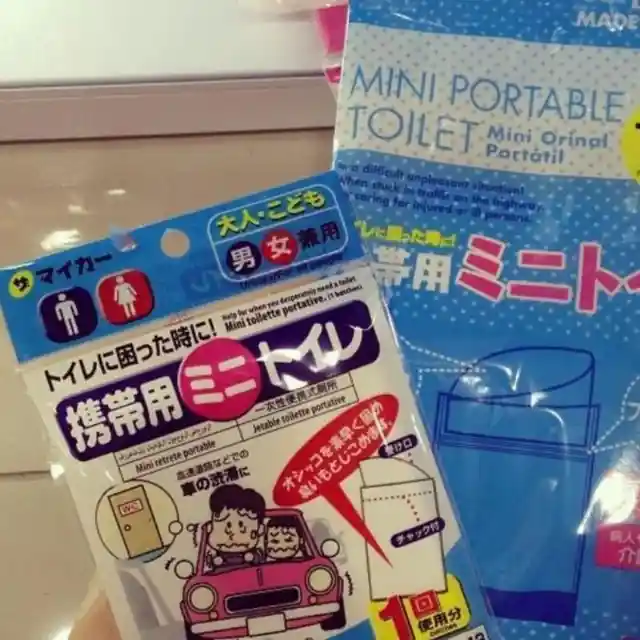
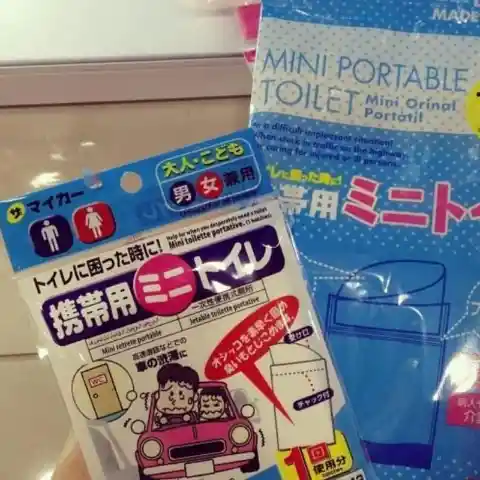
It might be fine for you if you’re a man and you have an empty bottle lying around, but not for any women or girls traveling with you. Not only are they made for everyone, they even neutralize the smell after use. These portable restrooms are great for anyone who might have trouble climbing out of a car at short notice.
Ready For Any Weather
As well as being impractical, dangerous and illegal, riding a bicycle with one hand while holding an umbrella in the other just sounds like too much effort. One alternative could be riding with a raincoat, but a clever designer somewhere in Japan thought they had a better idea.
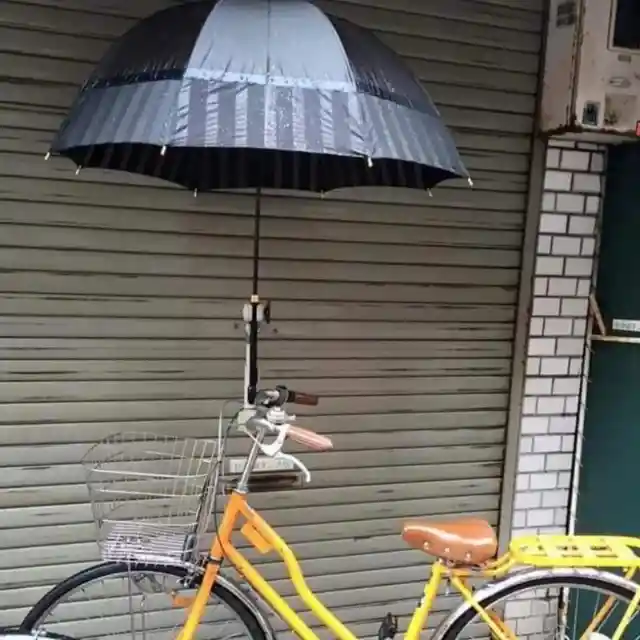
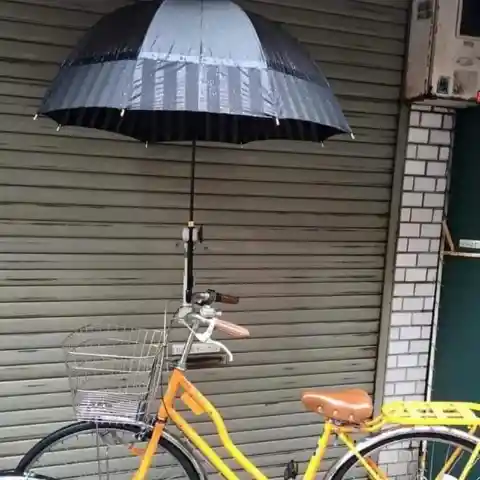
This handle-mounted umbrella helps to keep cyclists rain-free—at least their heads, anyway. Anyone from Japan will attest that the country can produce a terrible amount of rain at times, so this innovation only seems natural. Can you picture yourself with such a device on your bicycle?
Rock ‘Em, Sock ‘Em, Roll ‘Em Up
Unless you shy away from outside cultural influences (in which case, turn away now!), you’ll probably have seen the iconic Japanese school uniform design. It’s a popular design that’s found life outside the school system and usually involves a shirt, blazer, skirt, tie, and long socks.
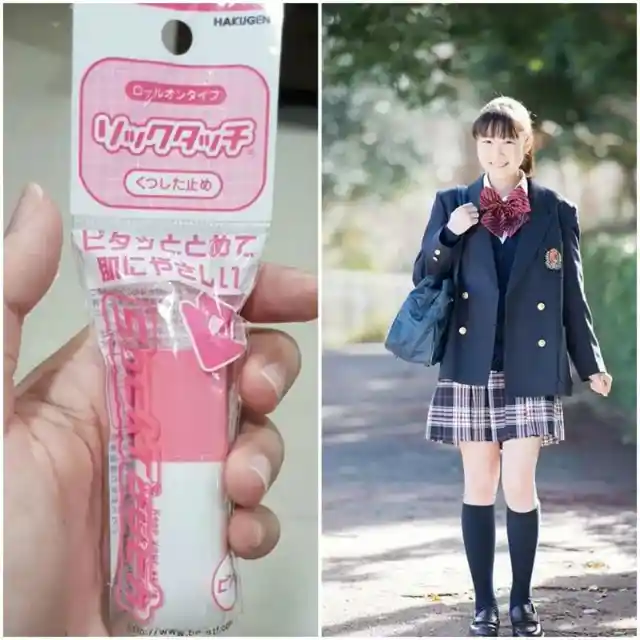
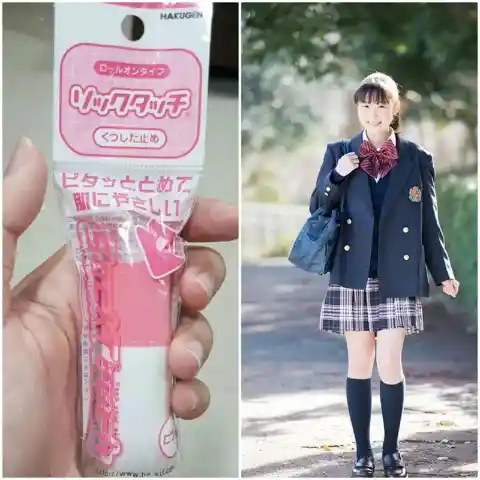
It’s a great look, but if you’ve ever rocked this look yourself, you’ll know that long socks can lose their elastic grip after only a couple of uses. So rather than buy a new pair every couple of weeks, this glue is specifically designed to help sock wearers keep their socks (and spirits) high.
Alleyway Gardens
In most cities, avoiding back alleys is probably a good idea, especially at night. Besides the potential danger lurking in the shadows, they’re not usually the most pleasant places to be with broken glass, open trash bags, or worse.
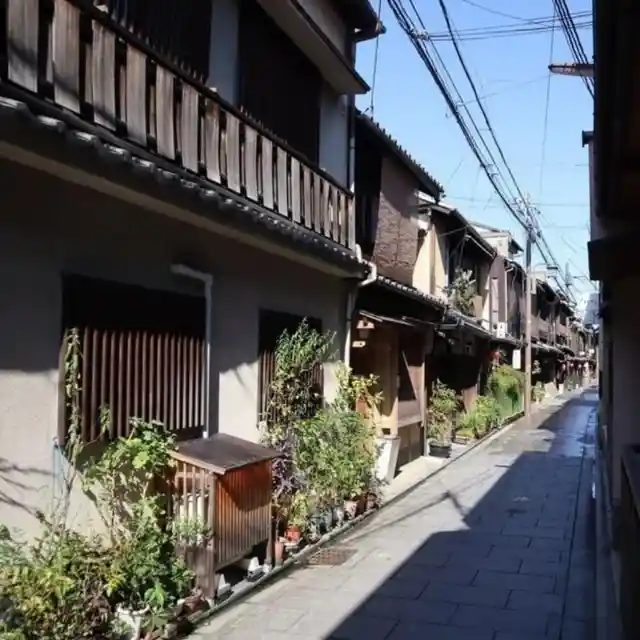
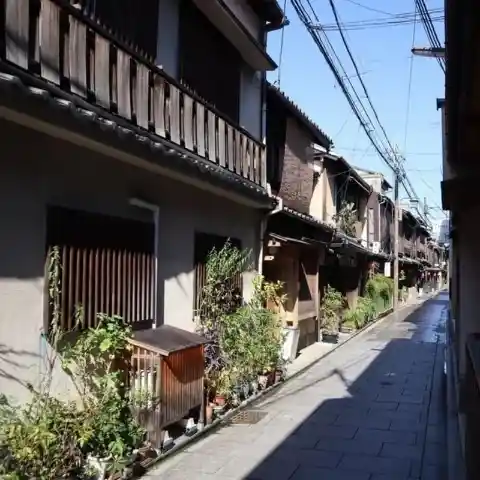
In Japan, many have decided to beautify their alleyways. This picture perfectly demonstrates what a few pots and plants, gardening know-how, and collective hard work can do for a city. There’s something satisfying about seeing public space shared and perfected this way.
Stick It To Your Cold Sores
There’s nothing worse than a sore. When it’s on the outside, there are a plethora of products available to dab over the problem. But when it’s on the inside, the best you can do is take a swig of saltwater and hope it will reduce the swell—not so if you happen to be living in Japan!
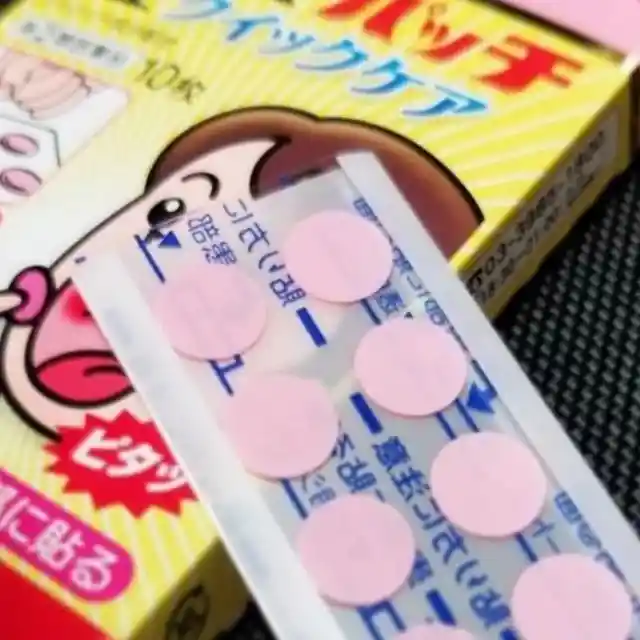

There’s no need for eating, drinking, and chatting to be a painful experience while you suffer your infliction! Instead, stick one of these bad boys on the inside of your cheek and let the pain wash away while your mouth’s healing takes effect.
Neat And Tidy
Trash cans are rarer in Japan than in other countries, but Japanese streets tend to be cleaner. Why is this? One explanation may be that trash cans tend to overflow and look unseemly when they are not emptied regularly enough, which leads people to mistakenly believe that it’s okay to drop their litter wherever.
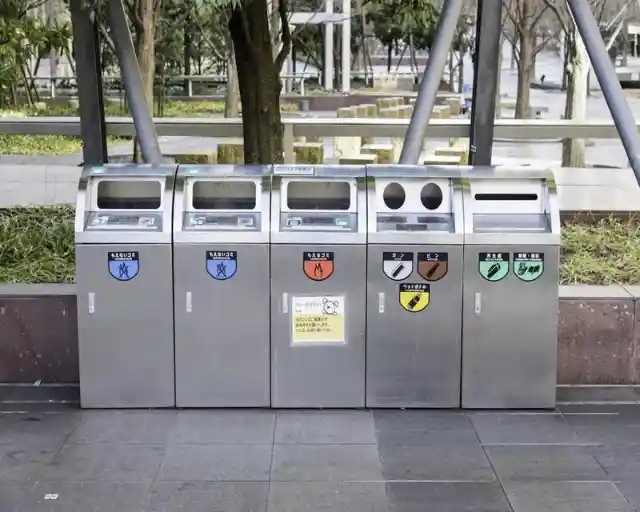
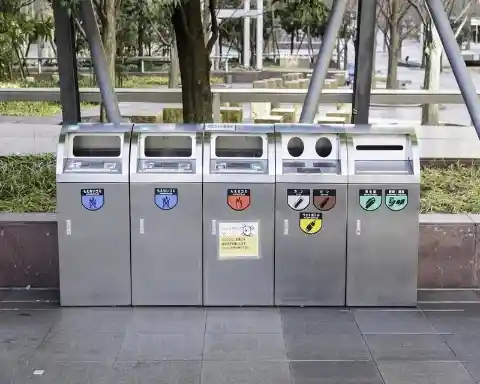
Japanese trash cans tend to look like this. The different cans demand that consumers be mindful about what they throw away since they ask for items to be sorted correctly. Because they are so few and far between, people will sometimes carry their trash in a plastic bag—and pick up other items they find on the way—before making a deposit.
Band-Aid In A Tube
Band-aids aren’t the most efficient way to treat an open wound. They come in needlessly large packaging, and they aren’t usually biodegradable. This Hello Kitty liquid band-aid is easy to administer, sticks firmly once applied, and rests on a wound rather than sticks to it.
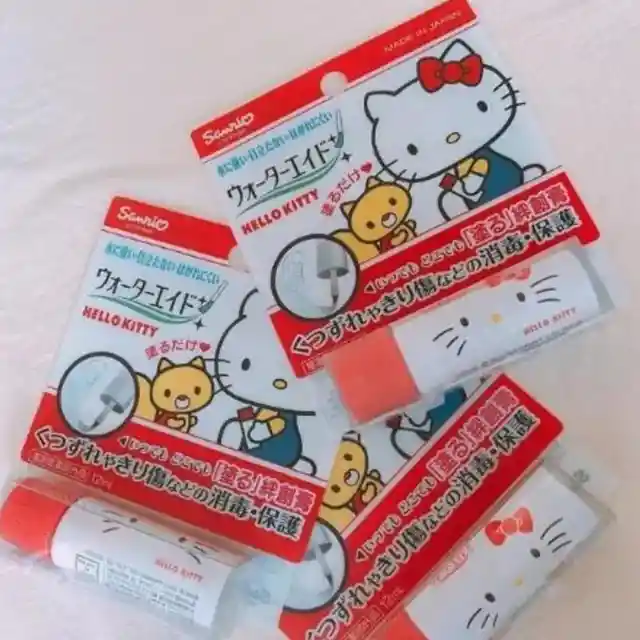
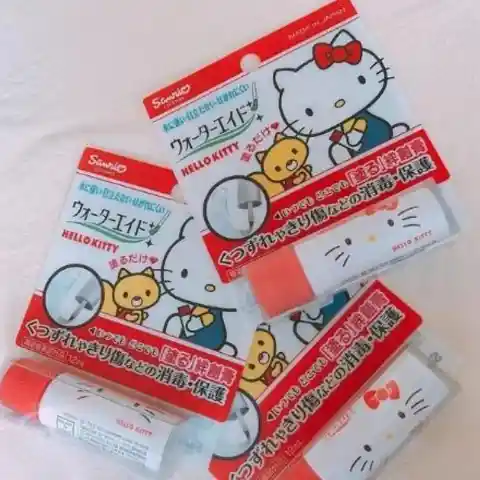
It’s made out of the same stuff as surgical glue, and it’s even waterproof. Plus, it comes in Hello Kitty packaging, which is sure to impress your friends. There are, of course, other brands available—but only in Japan.
The Key To The Future
Keys seem like a low-tech solution when compared to newer security technologies. An example of this is the humble card key, widely used in Japan. It’s a better way to get in and out of your house without having to carry around sharp, clunky metal pieces.
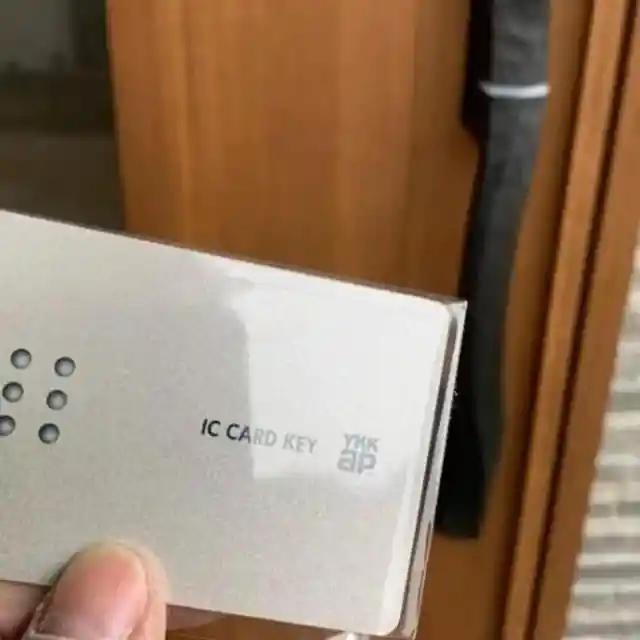
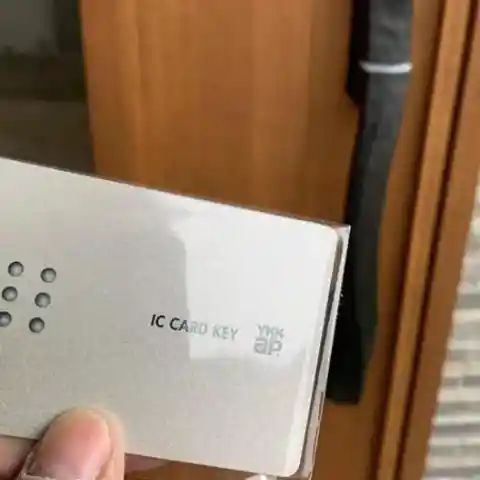
Apartments and offices can be opened by swiping a card against a card reader. Some readers use the user’s fingerprints or smartphone instead of cards—which sounds good unless you have a bad habit of leaving your phone in random places.
Better Bowls From Bamboo
Many families across the world replace broken crockery with plastic to save costs (and another trip to the store because a certain someone pushed their bowl of spaghetti off the edge of the table again). It makes sense in the short term, but it’s a pretty bad idea in the long term.
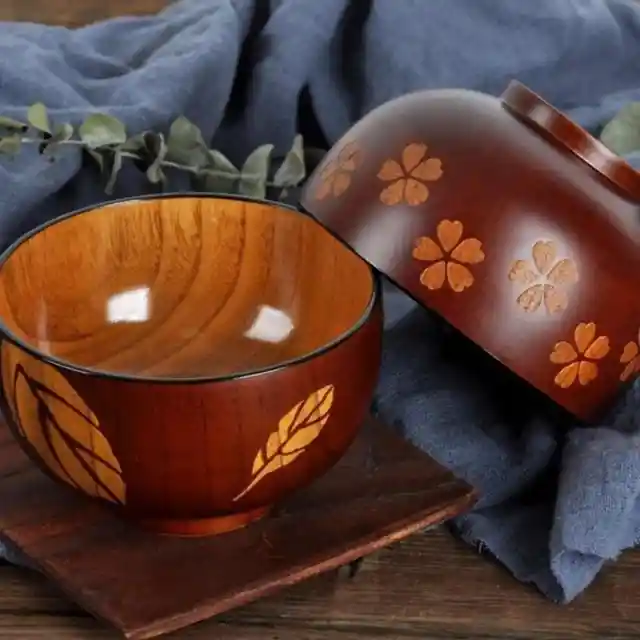
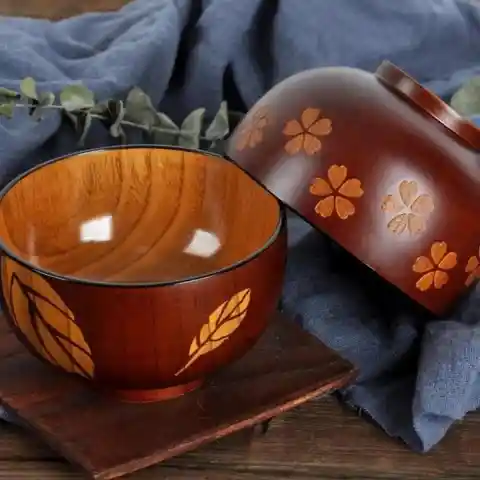
For one, plastic never looks as good as it could. Since plastic isn’t biodegradable, it can be bad for the environment. These bowls are made out of bamboo, a highly versatile and sustainable material. Not only do they function well, but they look great too.
Proper Hygiene Measures
While it isn’t a gadget or device you can hold in your hand, culture is a kind of technology itself. When it comes to instilling good hygiene culture in little ones, Japan has all the right tools. Here’s an example of thorough cleanliness being taught the right way.


Even before the 2019 pandemic, many Japanese citizens would be seen wearing facemasks (and even surgical gloves) in public to prevent the spread of illness. Coming home to wash your hands and brush your teeth has always been common practice in Japan.
Scrub And Relax
Many Japanese houses or apartments come without a bath or a shower—at least as we would traditionally know them in the west—instead, the whole room functions as a showering space. All the water from a cleaning session is sent down the drain in the middle of the room.


This certainly makes cleaning the bathroom floor a little easier. But to prevent water from going everywhere, most people will sit when taking a shower. It’s more comfortable and allows you to gauge the temperature first, rather than a step into waters of unknown heat.
The Domestic Wonderbox
Smart homes are nothing new in the west, but they are still something of a middle-to-upper class status symbol. While they aren’t in every home in Japan, they aren’t exactly considered novelties anymore. Here’s an example of a typical central control panel.
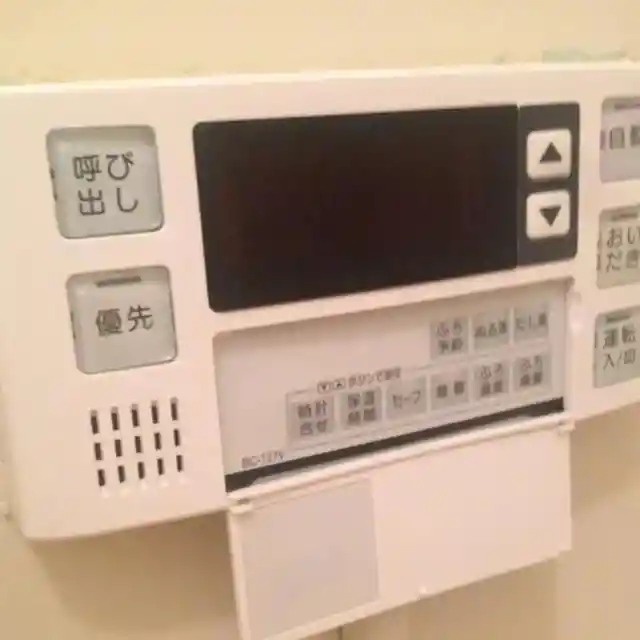
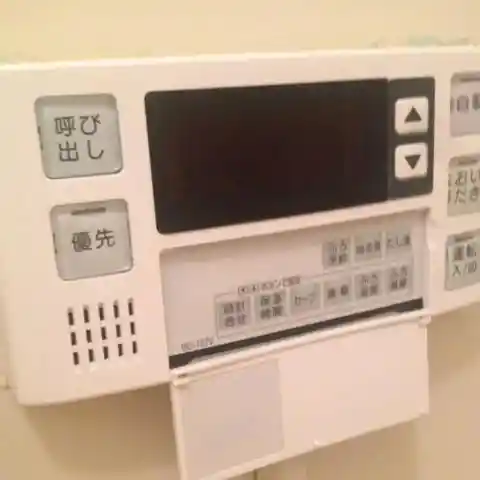
As well as being able to adjust the room's temperature, these panels are also used for other functions, such as managing a room’s humidity levels or filling a bathtub with water, allowing homeowners and tenants to multitask with ease.
Spatially Aware Cooking
While it makes sense for an oven to be as large as possible to fit the maximum amount of food, all that space is wasted if it isn’t being used. In Japan, where space comes at a premium, especially in cities like Tokyo, this little grill makes sense instead of a full-sized cooker.
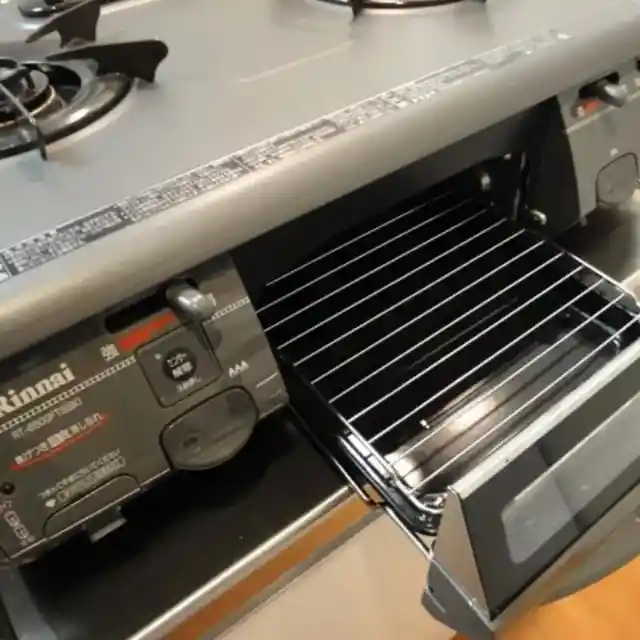
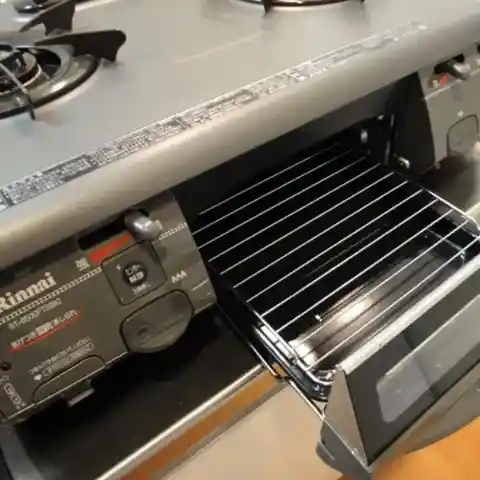
It’s perfect for cooking up vegetables or fish or warming up leftovers. Not only that, but it’s more efficient, using only a fraction of the gas you would have otherwise used heating up a giant metal box.
The Food Fun Factor
If you’ve got kids of your own, you might know that presentation is everything when it comes to getting them to eat. This Japanese-made egg imprinter puts a cute face on your standard boiled egg after about a minute of pressing, making it both yummy and appealing.
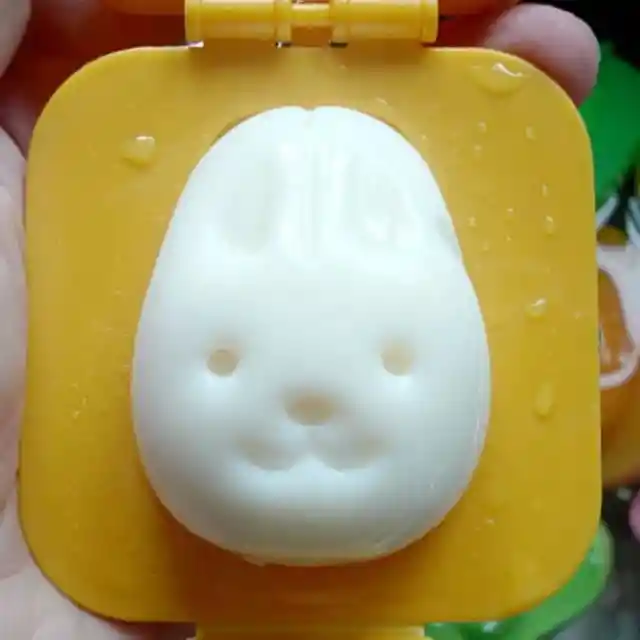
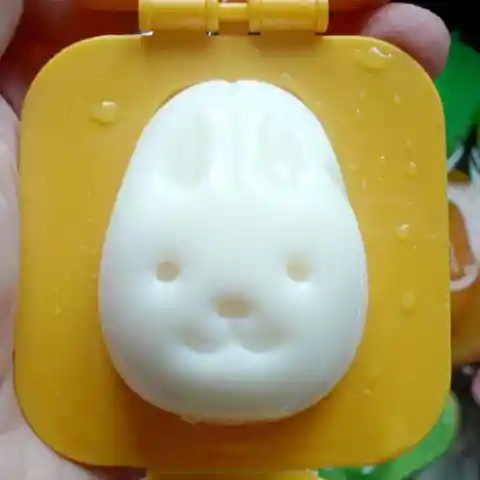
It’s a subtle touch, but it can help make mealtime fun and memorable. Presentation is everything when it comes to food—it doesn’t just start when people enter adulthood. Kids can be aesthetic food connoisseurs, too—at least when it comes to cute little animal faces.
Work, Play, Tidied Away
With spatial conservation baked into every Japanese design, it makes sense that their products are as compact as they are comfortable and practical. Here’s an example of a kindergarten desk and storage device all in one.
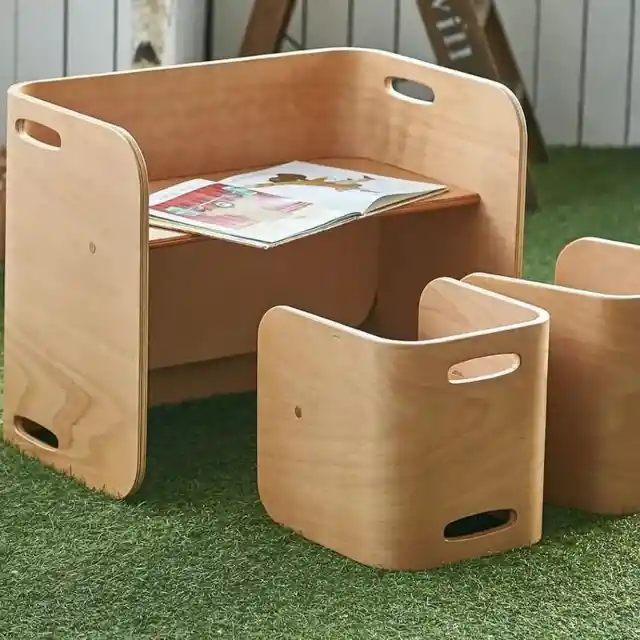
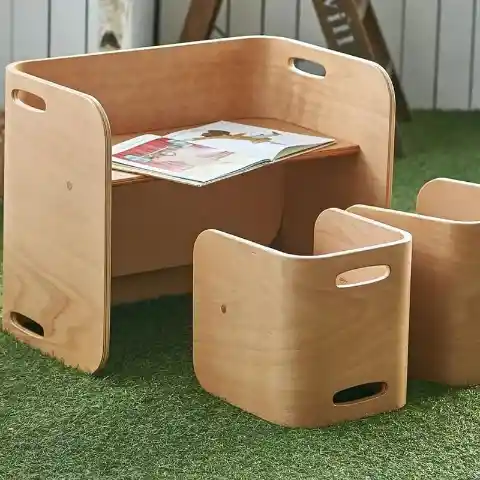
Specially designed with kids in mind, this desk comes with smoothed edges and handles to make it as easy as possible to move it around as needed. Toys and books can be stored inside it when the sun goes down. Practicality meets elegance.
A Healthier Way To Digest The News
There’s more than one way to ensure that you’re cultivating healthy reading habits. One Japanese newspaper publisher devised a strategy to increase their paper copies while remaining environmentally friendly. They did this by planting seeds in their stories.
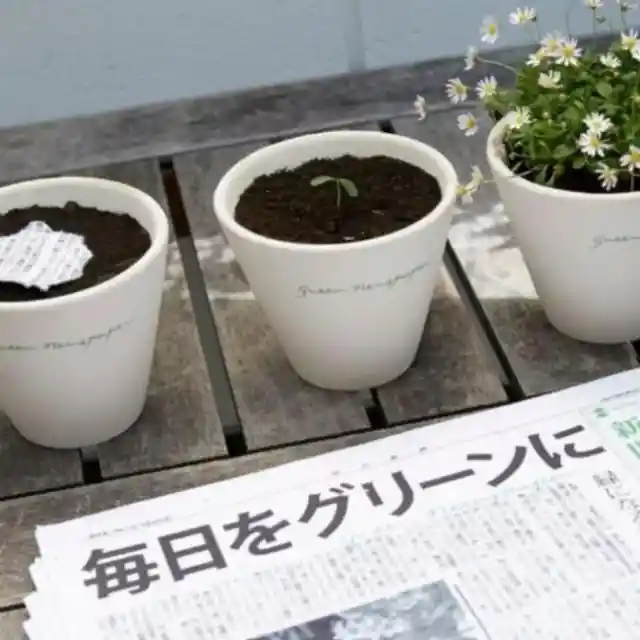
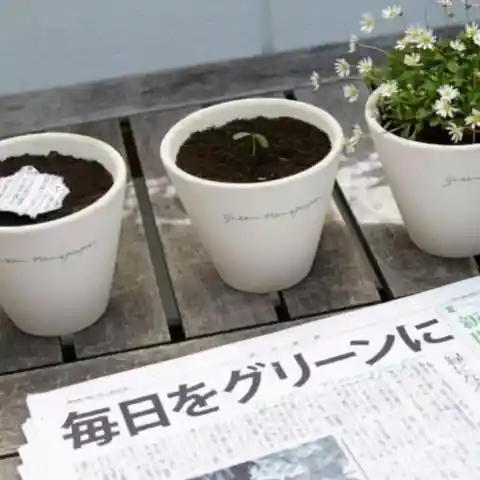
And by planting seeds, we mean this literally! Once you’re done reading your paper and want to bury a story, you can! Any copy you put underground will sprout seeds, resulting in a more beautiful garden and potentially better circulation—and by circulation, we mean air.
Secrets Underfoot
Although they seem to have a minimalist design, Japanese houses are intricately designed and built with many clever innovations. An example of this starts at the building’s very foundations. A space is left between the floor and the foundation of the house.
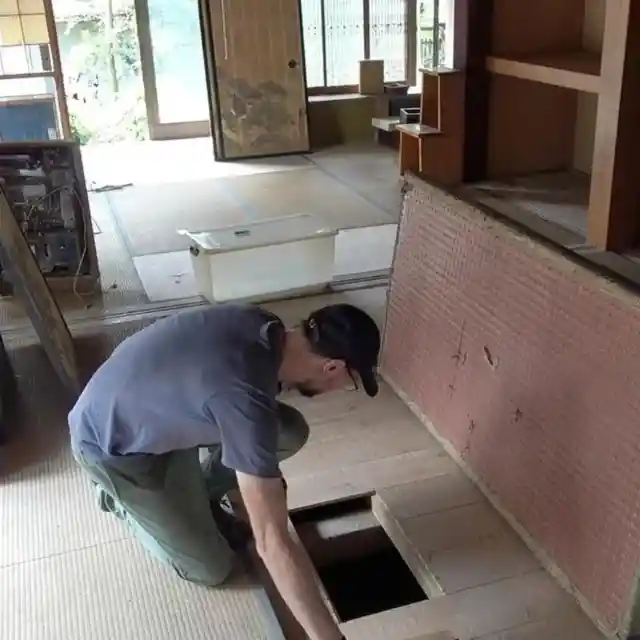
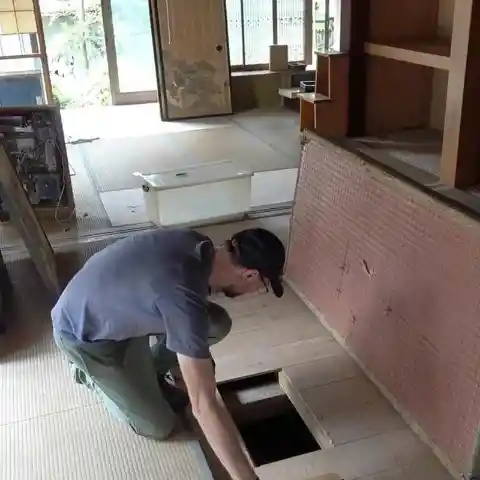
This allows a worker to access the pipes, wiring, or lower structure by climbing in and rolling around on a little cart. This space also helps cut drafts before they enter the house and keeps the whole house a little warmer. Some of the underground space can be used as storage for items such as food or bedsheets.
High-Tech Hair Drying
While they’re great in cold weather or in a pinch, hairdryers can adversely affect your hair with prolonged use because they can quickly dry out your scalp. As a result, your hair can become brittle and broken. This clever device blow dries your hair while also infusing it with hydration.
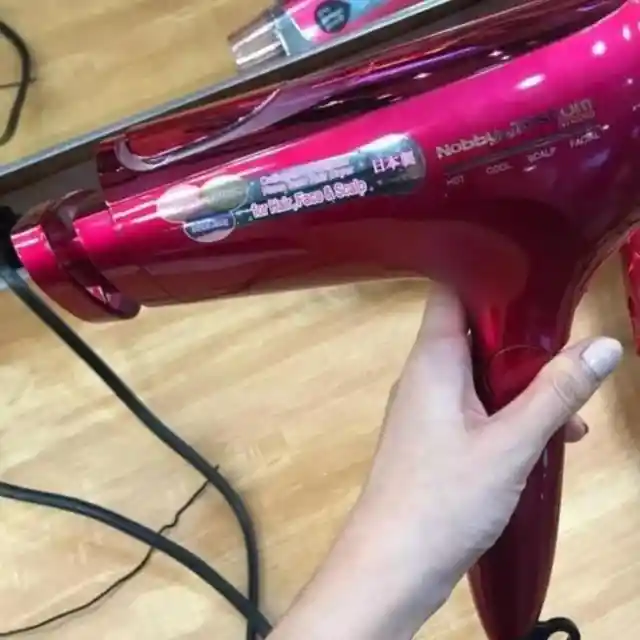
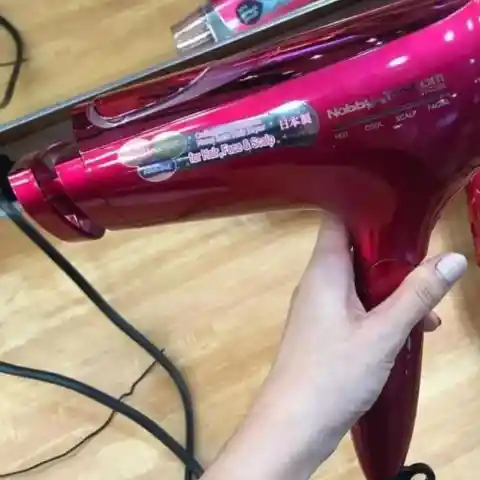
A collagen cartridge is loaded into the dryer. While it blow-dries your hair, it releases collagen particles into your scalp, preventing follicle damage and leaving your hair nice and shiny. The same process also works on your face.
Integrated Cleanliness
You might already know about Japan’s elaborate and high-tech toilets. It stands to reason that their sinks should meet the same standards, especially as Japan has a strong hygiene culture. Many sinks across the country come like this: soap on the left, water on the right.
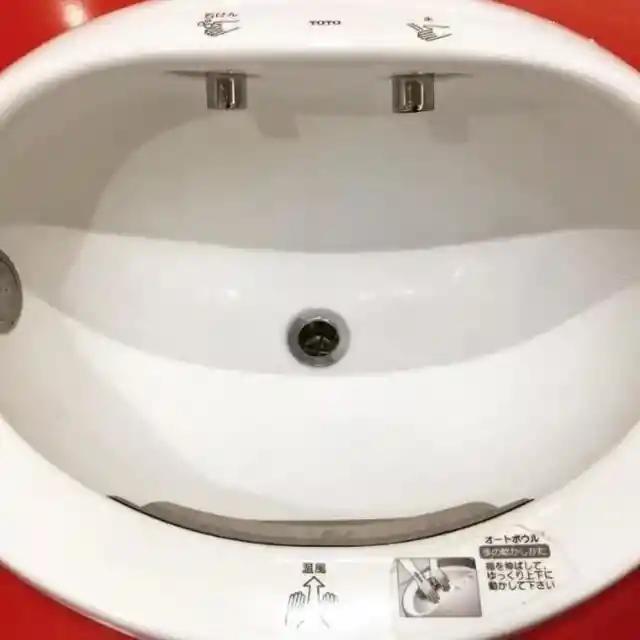
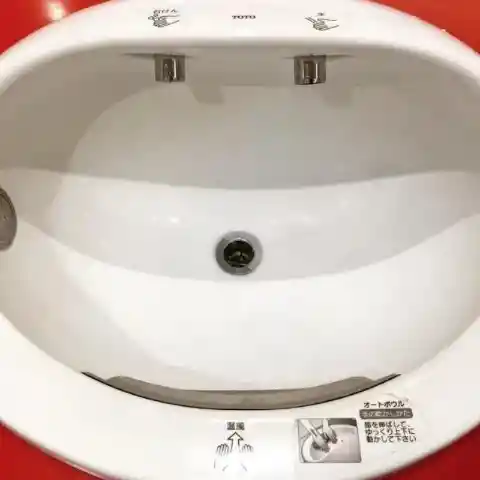
Sensors activate the soap and water pumps once activated by hand motion—no need to touch a thing. There are even instructions on how to use the sink at the front. It’s no wonder Japan has such a strong hygiene culture—it’s all made so easy.
Finger-Picking Good
Here’s one for all you snack-enjoyers who might get nervous about double-dipping from a communal bowl, or perhaps this goes out to those of you who don’t enjoy licking greasy cheese dust off of your digits.
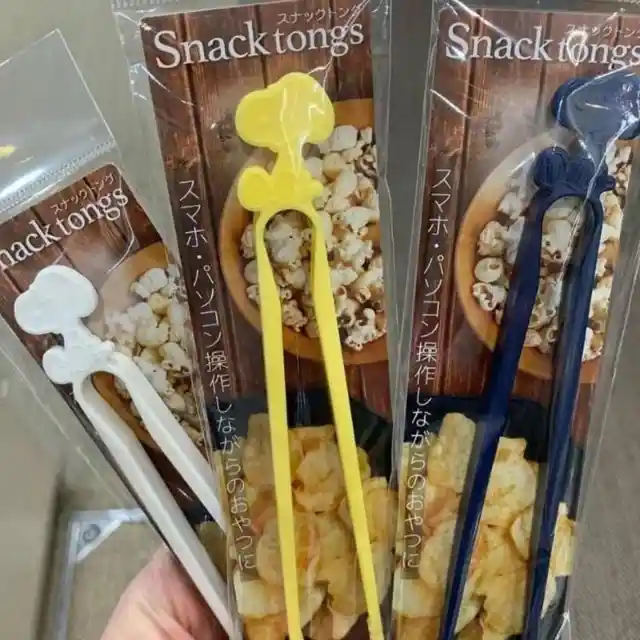
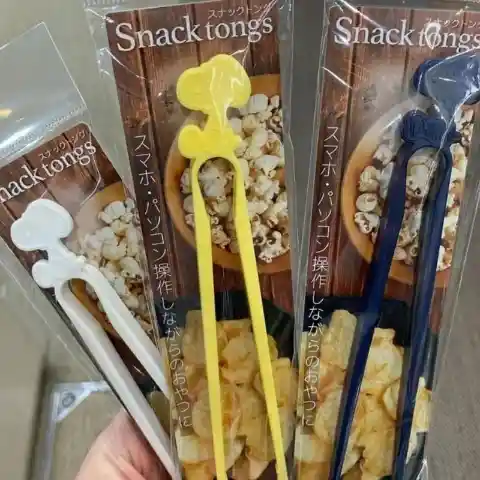
The long reach of these snack tongs even lets you lift a few pieces from your friend at your leisure. They’re perfect for parties or for flying solo, particularly when you’re digging into snacks of the well-coated variety.
Body Pillows
In Japan, they’re known as “dakimakura” or “body pillows.” While they were originally marketed for kids, adults found comfort in hugging their favorite animals or anime characters wrapped over soft cushions—and so, an industry was born.


Some come with one or two arms to provide the sensation of “hugging.” Some companies even develop dakimakura body pillows that can talk. Of course, we can’t imagine this to be comforting to hear in the middle of the night, but who knows.
Seasonal Food
While there are advantages to being able to source any type of food—fruits, vegetables—at any time of year, regardless of the season, it’s certainly not sustainable or good for the planet. Many Japanese dishes are seasonal, and there is an emphasis on using dried or picked ingredients.
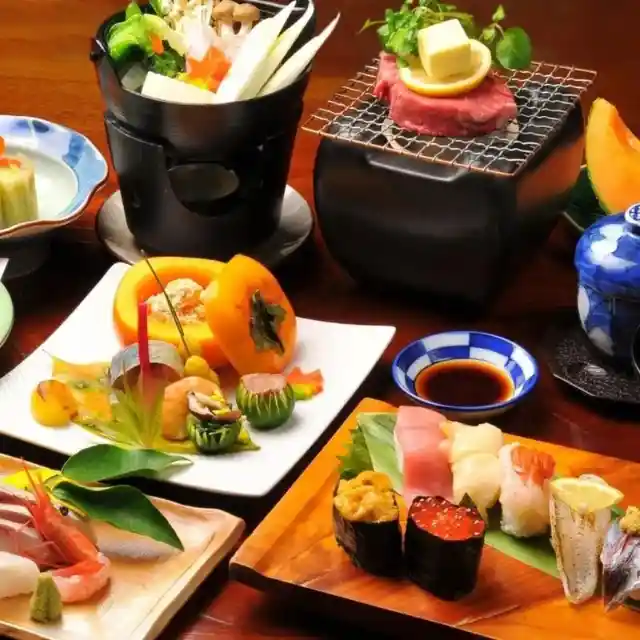
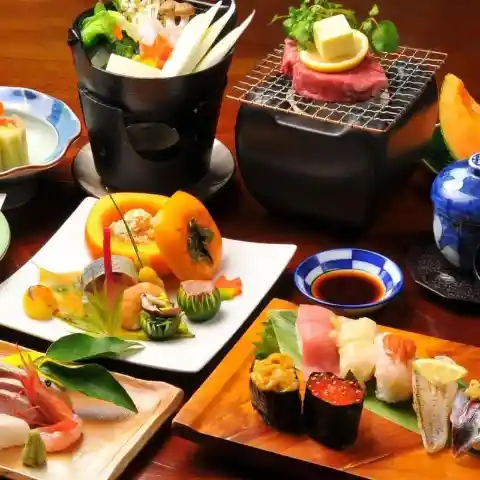
There are certainly advantages to this kind of diet. For one, each season becomes imbued with a special kind of meaning. It provides a sense of stability to an otherwise endlessly churning, endlessly changing world. It does help that Japanese cuisine is possibly the best in the world—it’s obvious they know how to use their ingredients.
The Splash-less Brush
Getting a face full of brush blowback is not a pleasant experience. It doesn’t help that the brushmaking industry has barely made any innovations of late—in all places except Japan. Given their penchant for keeping clean, it’s no wonder.
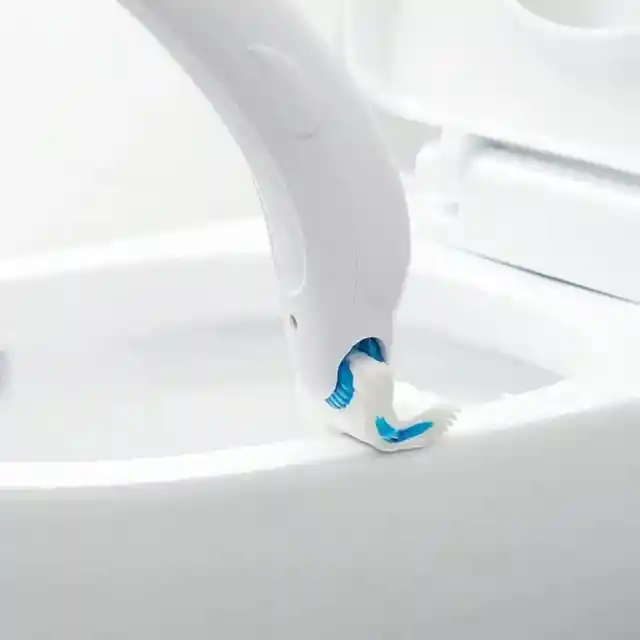
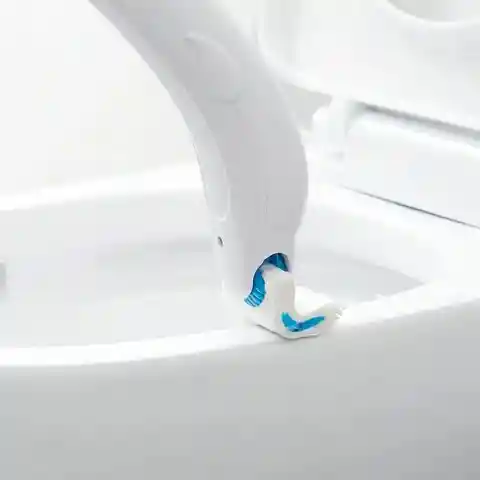
This device allows you to clip on a cloth doused in toilet cleaner. This way, you can get into all the nooks and crannies of the bowl without the back-spit. Once done, the user simply needs to press a button, and the cleaning cloth can be flushed away.
Elderly VR Troopers
Okay, videogames aren’t exclusively a product of Japan, and neither is virtual reality technology. But what’s interesting is how much older people in Japan have embraced the concept and how widespread the use of VR headsets is in this demographic.
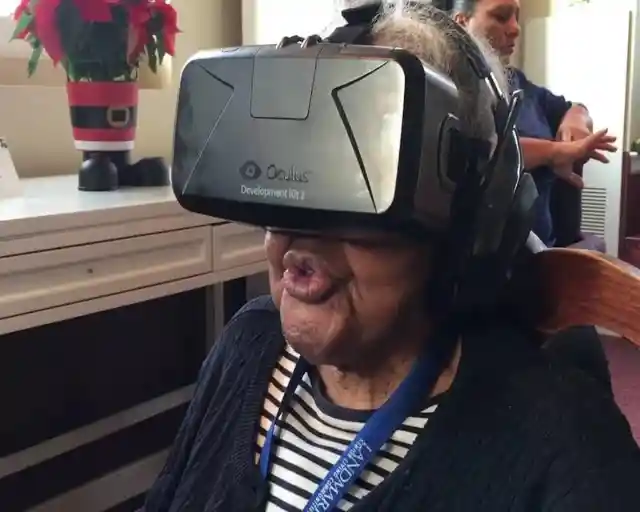

Virtual reality games are perfect for older gamers whose joints might be suffering from arthritis or whose hands aren’t as dexterous as they used to be. It’s a new way to learn and explore. When you reach retirement age, why not play a few games?
Something Old, Something New
You probably wouldn’t find a sewing machine this cool in the west. Although the Game Boy Color is now old enough to get married and drive, it’s nice to see a relatively new technology interacting with a classic.
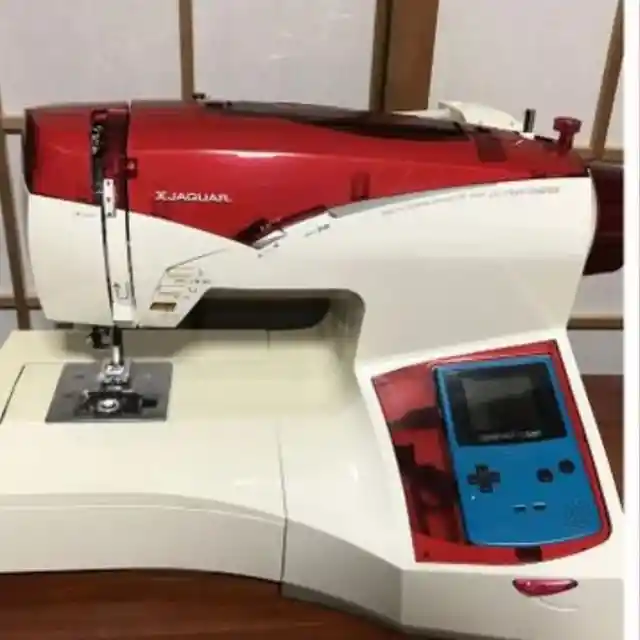
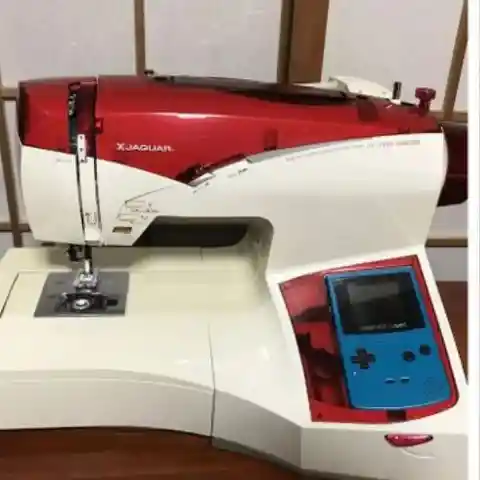
It looks like the slot the Game Boy is slotted into can handle a few other devices. Can you imagine sewing a pair of trousers using a directional pad and the A and B buttons? We’d certainly love to see this thing in action.
Modesty Music
Some people have trouble using a public bathroom for the simple reason that they might be inches away from another person who can hear every bowel move they make. It’s certainly unsettling, and the inventors of Japan tend to agree.
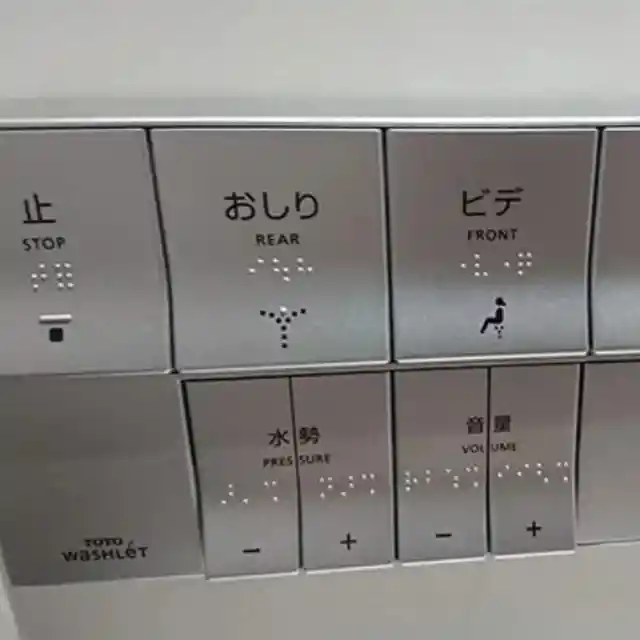
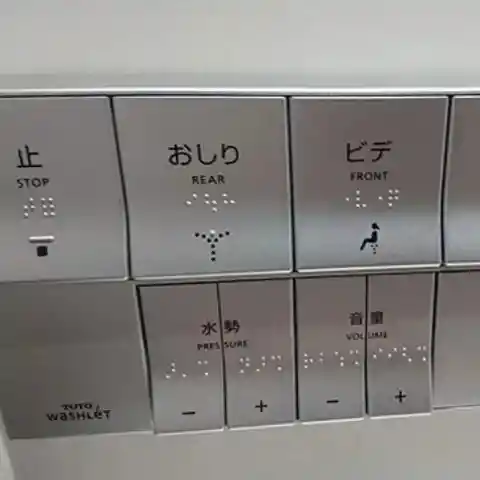
Rather than having to force out a cough, this panel, situated by the seat, will play a little tune to create cover sound for any business you might have in your cubicle. It also controls some of the other features of the smart toilet, as visualized in the picture above.
Ultradense Packing
This handy cube is a t-shirt pressed down into its smallest shape. Seeing this picture might make you realize how much waste goes into packing in places outside of Japan. Not just in terms of materials but in terms of space.
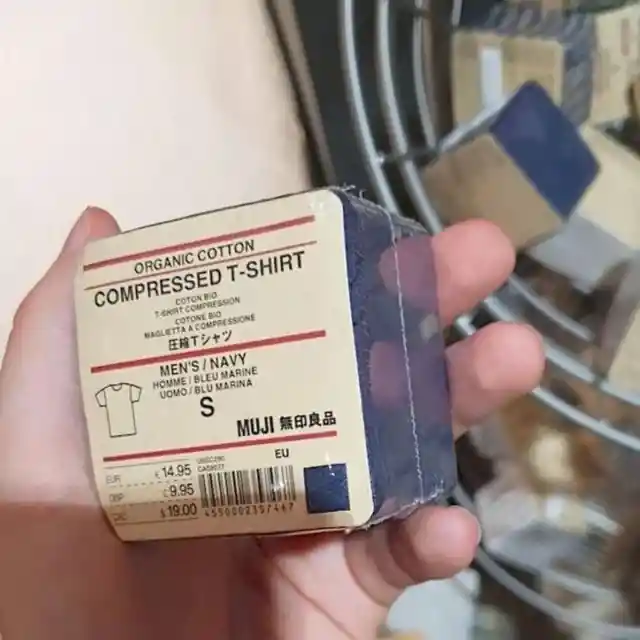
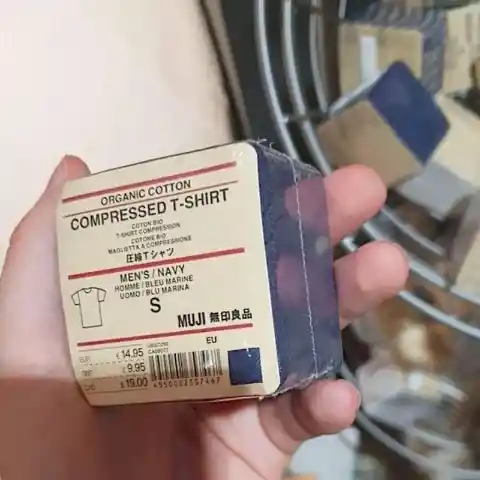
This would be perfect for vacations. Rather than bring a large suitcase, you could probably bring a week’s worth of clothes in your handbag and save room for other things. It might be difficult to actually get it to shrink back into its cube form once opened, however.
Strollers For All
You might have heard of public bicycle initiatives, and everyone knows about the shopping trolleys available in supermarkets, which often come equipped with seats for your toddler or baby. Japan has taken it one step further with its public strollers program.
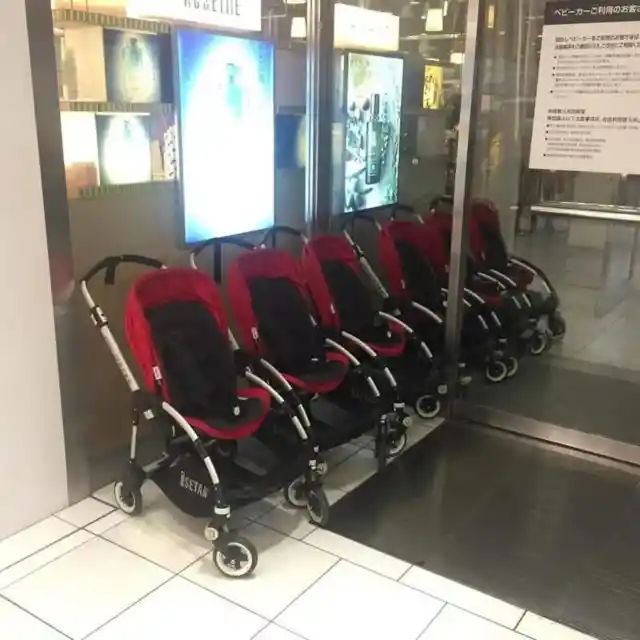
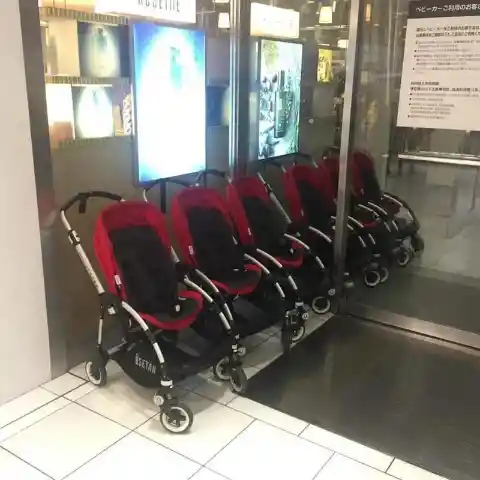
Owning a stroller can be more convenient than simply carrying your kin around all day. But they can be cumbersome, and having to drag them around everywhere, or worse, finding a spot to leave them can be a bit of a nightmare. This is a logical solution that benefits parents everywhere (well, everywhere in Japan).
The Turtle Taxi
It may seem counterintuitive to have a button that makes your taxi driver slow down, but if you’re a tourist or if you’re feeling a little woozy, car sick, or just want to increase your own mindfulness, these taxi drivers will slow it down to a cruise for your enjoyment.
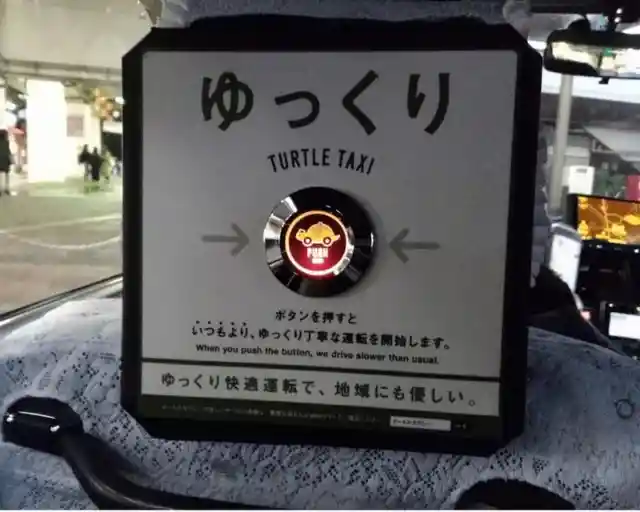
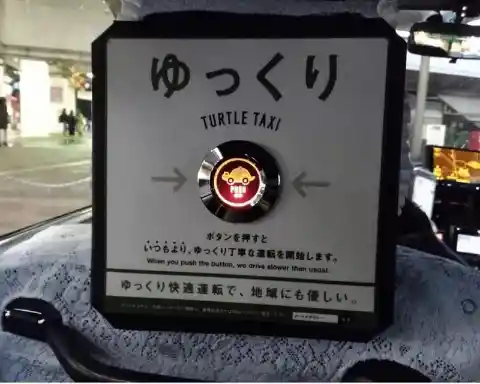
It’s a nice touch for those who take issue with taxi drivers who may rush around at madcap speeds through traffic. That way, you can take it all in and see the sights, or even pick out a nice place to get dropped off at, like a restaurant or a store.
A Clean Guide To Japan
The Japanese tourist board really does think of everything. They’ve included a handy guide to help travelers get around by providing them the WIFI key to the whole country. Not only that—the piece of paper the instructions are written on also serves a useful purpose.
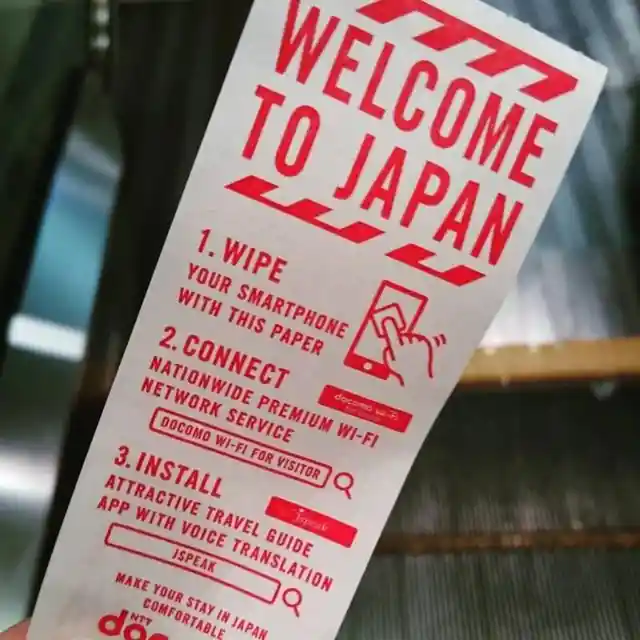
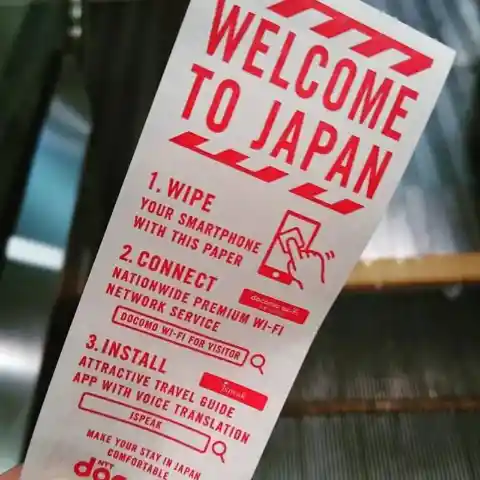
That’s right—ever hygienic, Japan offers you a healthy reminder to clean the face of your mobile phone from time to time. All those smudges and smears are sure to carry some harmful bacteria. Now that’s recycling at its finest.
A Multi-Story Carry Trolley
No, we’re not talking about a trolley with multiple shelves. Moving heavy objects around is a drag, which is why trolleys were invented in the first place. There’s only one problem with traditional trolleys, though—they’re floor-bound. Getting up and down the stairs without an elevator is impossible.
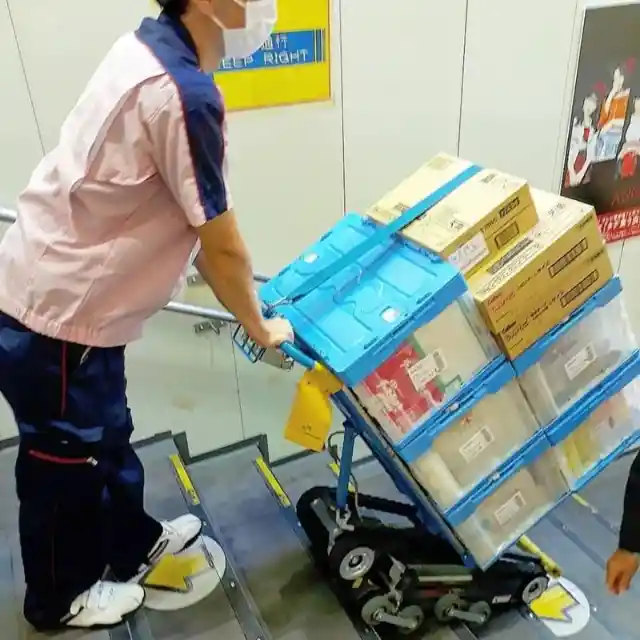

One Japanese inventor recognized that not all buildings have elevators installed and came up with this solution. By using tracks similar to that of a tank, it’s easy to get your heavy boxes from floor to floor, making deliveries a synch.
Digital Maps to Locate Available Bathroom Stalls
Have you ever had this experience? You’ve just drunk four pitchers of water in a row, and now you really need to go. Go where? To an empty stall, of course. But what if, upon arrival to the bathroom, you come across a row of stalls without occupied indicators?
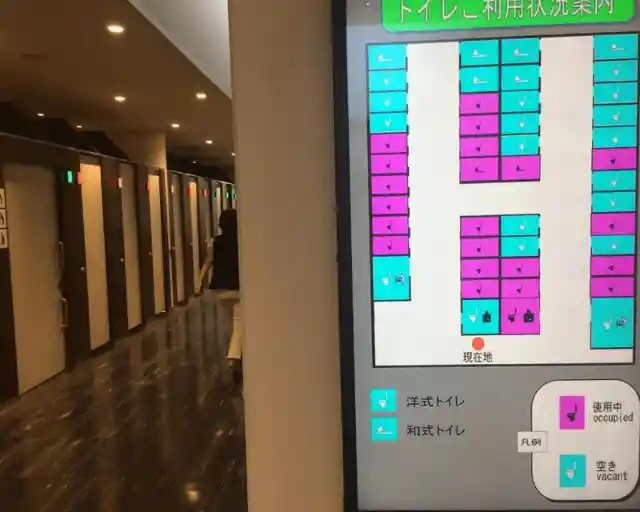

In Japan, this problem is a thing of the past. With lights and digital maps available to check at a glance, bathroom-goers will never have to go through the humiliating and painful process of knocking on empty doors. Ingenious!
Automatic Valet Services
Finding a parking spot after a long drive can almost ruin the whole trip. Once you’ve found one, you have to memorize it and walk a football field’s distance around other cars to get where you need to be, then do the same thing on the way back. Is there a better way?


Of course—and in Japan, they seem to have found it. Simply park your car in this spot, and the automated structure will take your car up via conveyor belt and return it to you once you’re finished with your business, saving you both the legwork and frustration.
Rainbow Coded Luggage
This Japanese airport came up with a more efficient way to drop off their passenger’s luggage. When luggage is brought down from an aircraft, it is sorted in order of its color. That way, you can easily pick out your stuff from the order. Neat!


It beats having to track the luggage belt for half an hour or until your suitcase finally arrives. We’re not sure how this system would handle entirely black suitcases or strollers or even multi-colored pieces, but it’s better than nothing.
Sleeping Pods For Sleepy Bods
These kinds of hotels can be found all over the country. With a general lack of space, designers in Japan had to get inventive. If you’ve ever needed to find a place to stay in a city because of a canceled flight or appointment, you might be wondering why these kinds of hotels aren’t more widespread.


While there isn’t much room to stretch out or exercise, these pods offer charger sockets, comfortable bedding, and sometimes even a TV. It’s an affordable solution, and it makes a lot of sense for professionals and frequent travelers.
Elevator Rain Warning Lights
There isn’t an awful lot to do while riding the elevator besides tap your feet and look up. What does take time once you’ve stepped out is rummaging through your bag to find your umbrella after noticing the rain. When the little umbrella lights up, you’ll know there’s a downpour outside.
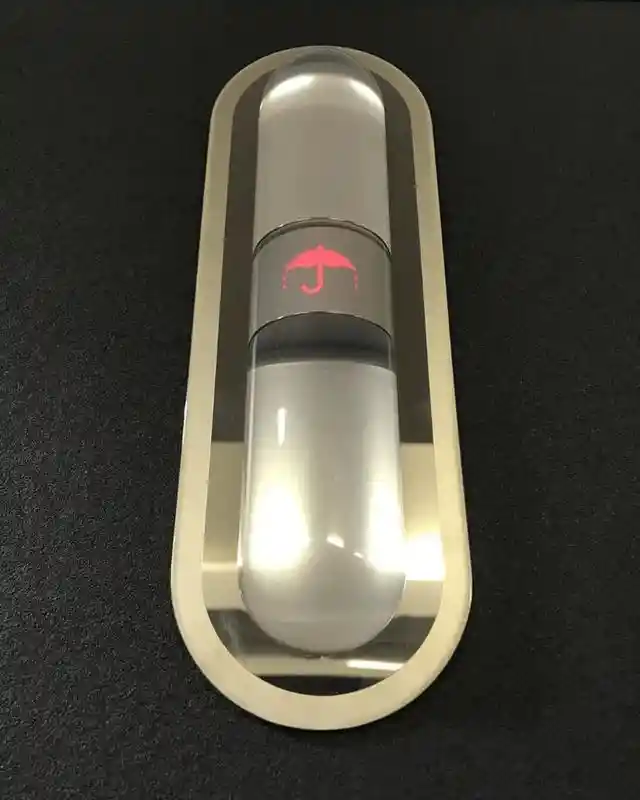
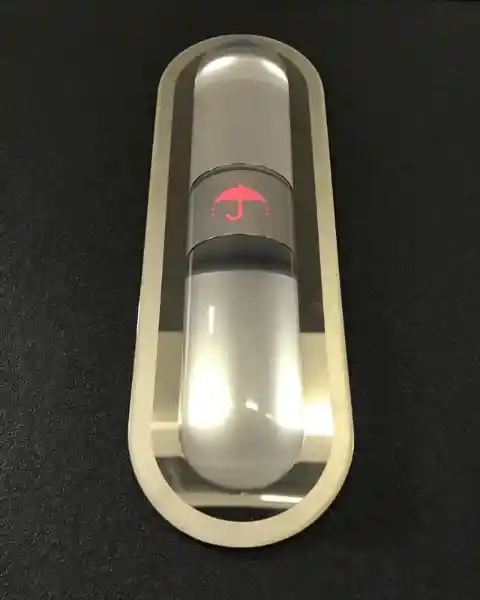
It’s not exactly revolutionary, but it’s a helpful little detail that can save you from getting drenched. These lights can be found in places other than elevators, too. They’re a good way of remembering to grab your umbrella before you leave the house.
Self-Opening Taxis
After you learn about this one, you’ll feel like everywhere else is behind the times. Japan has been using automatic taxi doors for over 60 years now, ever since the Tokyo Olympics in 1964. These doors were used to make transportation more efficient for visitors.
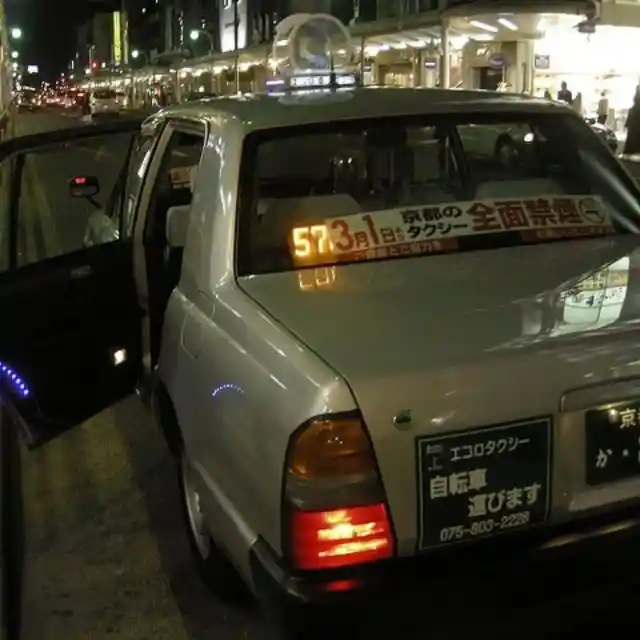
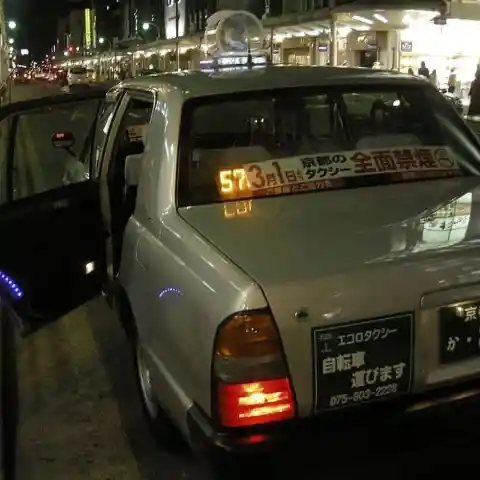
They make sense—why do we have to scramble to open the door ourselves? Oftentimes passengers are carrying luggage or shopping bags. Having the car do it all saves the passenger and the driver time and effort.